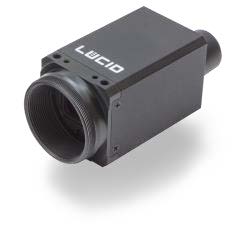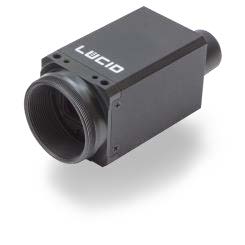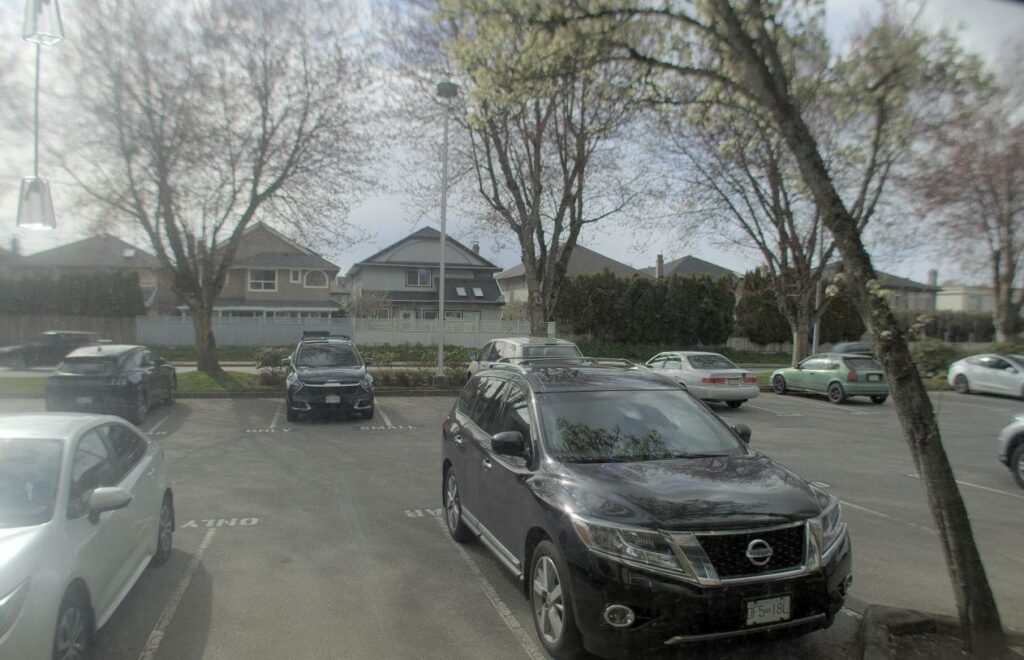This knowledge base article compares the technical specifications of the two LUCID cameras (TDR054S and TRI054S) that feature the Sony IMX490 image sensor.
- TDR054S: Equipped with the AltaView™ on-camera tone mapping engine, this camera is designed for mobile applications such as automotive applications, rail inspection, and mobile robotics.
USER BENEFIT: The camera automatically converts raw 24-bit HDR images and outputs 8-bit RGB tone mapped images with flicker mitigation. Speed up development time by not having to develop a custom tone mapping algorithm on the host PC. - TRI054S: The predecessor to the TDR054S. Able to output raw 24-bit HDR images that can be further processed off camera.
USER BENEFIT: Users can obtain raw 24-bit HDR images with flicker mitigation for maximum user flexibility in developing custom off camera image processing.
For a high-level overview of the two cameras and the AltaView tone mapping engine, see the following resources:
- TRI054S product page
- TDR054S product page
- HDR Imaging for Automotive Sensing White Paper
- AltaView Tone Mapping product page
TDR054S: The AltaView Pixel Pipeline
LUCID’s AltaView is a specialized on-camera tone mapping engine that works in conjunction and ISP to effectively convert 24-bit raw image streams into 8-bit RGB image streams.

Above: A schematic of the AltaView™ ISP Pixel Pipeline
HDR Processing Controls
The table below shows the HDR-related nodes. The generic IMX490 nodes are available on both the TDR054S and the TRI054S. The AltaView controls are available on the TDR054S only.
| Category | Node Name | Description |
|---|---|---|
| Sony IMX490 Sensor Controls (TRI054S and TDR054S) | HDROutput | Selects the HDR output channel. |
| HDRTuningEnable | Enables HDR tuning. | |
| HDRTuningChannelSelector | Enable ability to change exposure time for individual HDR channels. | |
| HDRChannelExposureTime | Controls the selected HDR channel exposure time in microseconds (μs). | |
| HDRChannelAnalogGain | Controls the selected HDR channel analog gain in dB. | |
| HDRChannelDigitalGain | Controls the selected HDR channel digital gain in dB. | |
| HDRDigitalClampingEnable | Enables Digital Clamping to compensate for black level fluctuations. | |
| HDRImageEnhancementEnable | Enables HDR image enhancement. | |
| AltaView Output Controls (TDR054S only) | HDRSaturation | HDR Saturation setting in percent. |
| HDRContrast | HDR Contrast setting in percent. | |
| HDRBrightness | HDR Brightness setting in percent. | |
| HDRDetail | HDR Detail Setting in percent. | |
| HDRAverageNum | Selects the number of frames used for adjusting the brightness of images. |
TDR054S Framerates
| Frame rate at different resolutions (Default1 | Max2) | ||||
| Pixel Format / Bit Depth | 2880×1860 | 1920×1080 | 1440×928 (2×2 binning) | |
|---|---|---|---|---|
| RGB8 | 24 bit | 6.9 | 7.7 FPS | 17.0 | 18.9 FPS | 26.4 | 29.3 FPS |
| YCbCr422_8 | 16 bit | 10.4 | 11.5 FPS | 24.7 | 24.7 FPS | 30.06 | 30.06 FPS |
| YCbCr411_8 | 12 bit | 13.8 | 15.4 FPS | 24.7 | 24.7 FPS | 30.1 | 30.1 FPS |
The results above were obtained with the following values for DeviceLinkThroughputReserve:
- 1Default: 10%
- 2Max.: 0%
The DeviceLinkThroughputReserve node sets the percentage of the maximum bandwidth reserved for packet retransmission. LUCID recommends 10% reserve for reliable streaming.
Note that the IMX490 sensor has a maximum frame rate: Standard = 24.7 FPS | Binning = 30.1 FPS
The table below compares the TDR054S to the TRI054S, which can both be used in applications requiring HDR imaging. Whereas the TRI054 is more flexible in off-camera image processing thanks to its raw 24-bit HDR output, the TDR054 reduces development time and is easier to use because of the on-camera AltaView tone mapping engine, which outputs 8-bit RGB tone mapped images.
| LUCID TRI054S | LUCID TDR054S (AltaView Tone Mapping) | |
|---|---|---|
 |  | |
| Sensor | IMX490 5.4MP, 1/1.55” HDR sensor | IMX490 5.4MP, 1/1.55” HDR sensor |
| Resolution | 2880 x 1860 px | 2880 x 1860 px |
| Maximum Framerates | RAW 24 bit: 6.9 FPS RAW 8 bit: 20.8 FPS | RGB8 24 bit: 6.9 FPS YCbCr422 16 bit: 10.4 FPS YCbCr411 16 bit: 13.8 FPS |
| Field of View (FOV) | Lens dependent | Lens dependent |
| Interface | 1 GigE / M12 | 1 GigE / M12 |
| HDR | Off-camera (software) | In-camera AltaView™ adaptive tone mapping engine |
| Dimensions | 29 x 29 x 45.3mm | 29 x 29 x 45.3mm |
| Pixel formats | Mono8 / Mono12p / Mono16 / Mono24 / BayerRG8 / BayerRG12p / BayerRG16 / BayerRG24 / RGB8 / RGB12p / RGB16 / RGB24 / BGR8 / BGR12p / BGR16 / BGR24 / YCbCr422_8_CbYCrY / YCbCr422_16_CbYCrY / YCbCr422_24_CbYCrY / YCbCr411_8_CbYYCrYY / YCbCr411_16_CbYYCrYY / YCbCr411_24_CbYYCrYY |
BayerRG8 / BayerRG12p / BayerRG16 / BayerRG24 / RGB8 / BGR8 / YCbCr422_8_CbYCrY / YCbCr422_16_CbYCrY / YCbCr411_8_CbYYCrYY / YCbCr411_16_CbYYCrYY Note: Bayer formats have no White Balance and are primarily for LUCID’s manufacturing processes. |
| Manual Fixed Exposure Setting | Yes | Yes |
| Auto Exposure | Yes | No |
| Auto Gain | Yes | No |
| Auto White Balance | Yes | No (Automatically processed via AltaView engine) |
| Color Correction Matrix (CCM) | Yes | No (Automatically processed via AltaView engine) |
| Look-up Table (LUT) | Yes | No (Automatically processed via AltaView engine) |
| Tone Mapping | No | Yes. Provided by the AltaView on-camera tone mapping engine. |
| Price | $460 | $590 |
Raw Output vs Tone-mapped Output in the TDR054S
 |  |
The Triton HDR TDR054S also outputs raw formats, but these raw outputs use a fixed preset white balance and are primarily used for verification in our manufacturing processes. If you require White Balance in the raw image, consider purchasing a TRI054S instead.
TDR054S User Benefits
- Single exposure in-camera HDR tone mapping
- Dynamic range compression optimized for AI based processing (8bit bitmap input).
- Fixed exposure time adapts to most imaging condition and enables LED flicker mitigation.
- Built-in 24 bit auto white balance for excellent color reproduction.
- No motion artifacts due to simultaneous multiple exposures.
- Low latency, in-camera HDR processing
- HDR processing optimized for mobile platform application.
- User selectable exposure time with temporal backward flow filtering avoids brightness flicker.
- Increased framerate and lower latency over off-camera tone mapping with color space compression.
Additional Links
- TRI054S product page
- TDR054S product page
- HDR Imaging for Automotive Sensing White Paper
- AltaView Tone Mapping product page